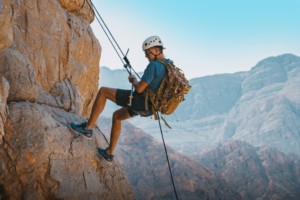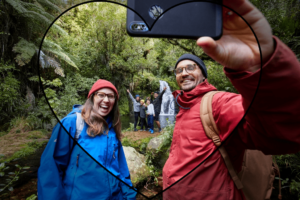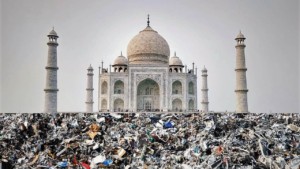High value, low volume tourism: Is Bhutan’s old normal the world’s new normal?
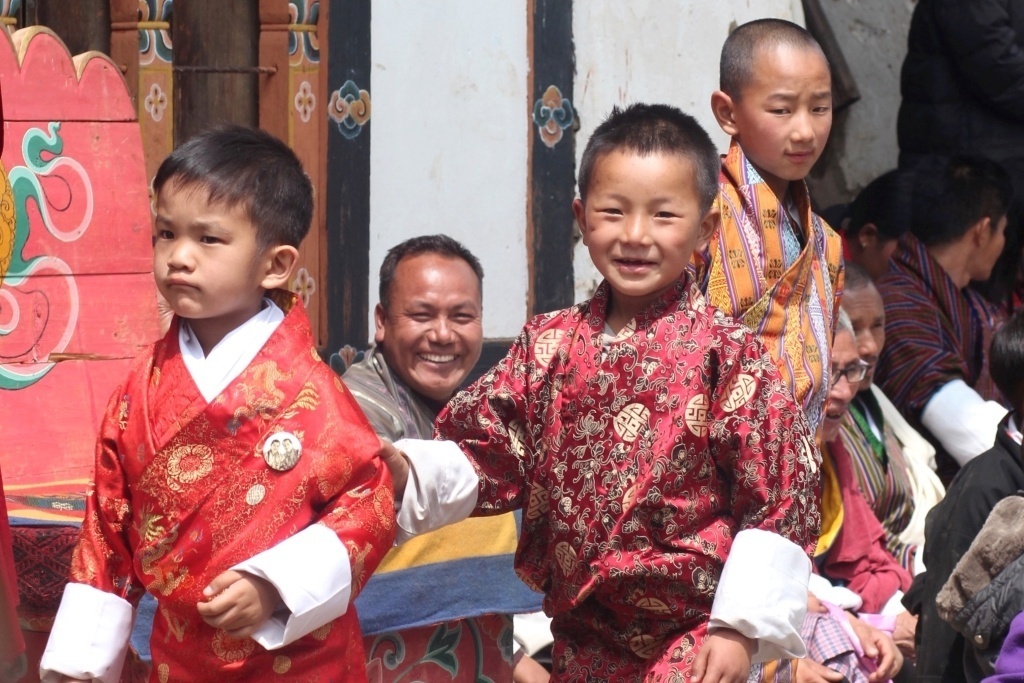
While some places adopt Bhutan’s Gross National Happiness, the Kingdom’s tourism officials would be happy for the world to emulate its ‘high value, low volume’ tourism policy too. Dorji Dhradhul, director-general of the Tourism Council of Bhutan, discusses it in this “Good Tourism” Insight.
Leadership is all about deciding what to do and then doing it. The leadership of Bhutan, its successive monarchs, have presciently believed, embraced, and pursued the promotion and realisation of the well-being and happiness of everyone and everything in the country, the world, and even beyond.
“… when Bhutan opened to foreign tourists in the 1970s, our leadership resisted the temptations to harness the quick fortunes from mass tourism and instead was prescient to formulate a visionary policy of High Value, Low Volume tourism …”
His Majesty The King Jigme Khesar Namgyel Wangchuck, Bhutan, 2019
From the beginning of our tourism industry in the early 1970s, Bhutan practised ‘high value, low volume’ (HVLV) tourism, which was in fact gifted by our great Fourth King. Tourism in Bhutan was founded on the principle of holistic sustainability, which is environmentally, ecologically, socially, culturally, and economically acceptable and viable. In short, the main idea is to give tourists a unique and exclusive experience while at the same time protecting Bhutan’s heritage, nature, and culture for future generations.
HVLV pursues objectives beyond revenue and receipts, thereby foregoing the quick returns that can be received from mass tourism. HVLV chooses regulated and managed tourism over mass/over-tourism; quality over quantity. HVLV pursues exclusive, immersive, less-is-more tourism.
Features of Bhutan’s high value, low volume tourism
The policy of HVLV is operationalised through numerous practices and regulations that go far beyond tourism.
1) Bhutan’s tourism vision
The Tourism Policy of the Kingdom of Bhutan 2020 aims to make Bhutan a green, sustainable, inclusive, viable, and high-value tourism destination.
The vision pertains to high value, low volume tourism wherein Bhutan manages tourism and tourism development based on the quality of visitation, not the quantity of visitors. This quality over quantity approach serves to enhance the travel experience while sustaining the character of our place and maximising tourism’s benefit to local communities.
Assisting the Royal Government in achieving this national vision is a non-governmental organisation, the Bhutan Sustainable Tourism Society (BSTS). BSTS is represented at the nation’s apex decision-making body for tourism.
2) Sustainable development fee (SDF) and minimum daily package rate (MDPR)
Reflecting the sustainability objective of tourism promotion and development, every tourist pays a Sustainable Development Fee (SDF), which the Royal Government reinvests into the preservation and conservation of nature and culture. The present SDF is USD 65 per person per day.
All tours to Bhutan are pre-paid and pre-arranged. This requires advance payment of the minimum package tour cost, after which the tour is confirmed with the issuance of a tourist visa. The minimum cost, known as the ‘minimum daily package rate’ (MDPR), is prescribed by the Royal Government. It is at present USD 250 per tourist per day, which includes the aforementioned SDF.
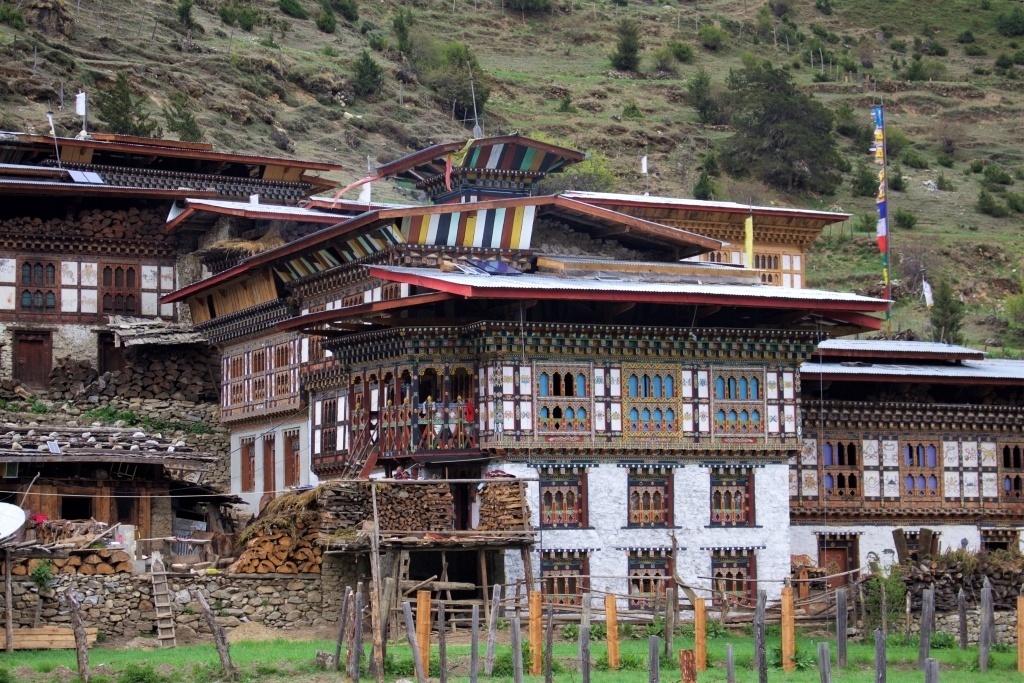
3) Minimum tourism service standards
All tours have to be arranged by a licensed Bhutanese tour operator. With the balance of the MDPR (USD 185), the chosen licensed Bhutanese tour operator must provide the following minimum services to the tourist:
- Minimum three-star accommodation in a Government-certified hotel or village homestay. (Tourists who trek must stay in designated campsites mainly to control the senseless abuse of nature and the environment, notwithstanding the assurance of the safety of tourists.)
- All meals (breakfast, lunch, and dinner).
- Ground transportation with a private chauffeur.
- A licensed English-speaking Bhutanese tour guide must accompany every tourist; to assist and guide the tourist as necessary.
4) Carbon-neutrality, tree planting, organic farming, et cetera
Bhutan has pledged to remain a carbon-neutral economy and has rolled out a series of measures to achieve that, including:
- Subsidising electricity in rural communities so as to reduce wood burning and other dirtier fuel substitutes. A fixed quota of electricity is provided free to households in rural areas.
- Tax-free imports of electric cars.
- A ‘green tax’ on automobiles that use fossil fuels.
In addition, Bhutan for Life is a multi-million dollar fund that has been set up to support our commitment to fight global climate change through local actions. These include preserving and promoting biodiversity, healthy ecosystems (such as banning single-use plastic bags), climate resilience, and economic opportunity.
In 2015, 100 Bhutanese volunteers set a new world record by planting 49,672 trees in one hour. In 2016, tens of thousands turned up to help celebrate Prince Jigme Namgyel Wangchuck’s birth by planting 108,000 tree saplings.
Food production in Bhutan is natural by default with a minimum use of chemical fertilizers and pesticides. Bhutan has set a target to become 100% organic. Gasa, Bhutan’s largest district in terms of land area, has been fully organic for a decade.
Mountain climbing higher than 6,000 metres has been prohibited since 1994, both to preserve nature and to not disturb the deities living on each mountain peak. Today, Bhutan has the highest unclimbed mountain in the world, Gangkar Phuensum, whose peak is 7,570 metres above sea level.
Tourism’s new normal could be high value, low volume
Today, as the world is grappling with climate change and the COVID-19 pandemic, destinations are seriously searching for a new tourism model that will ensure the sustainability, health, and happiness of mother Earth and mankind. I am convinced that Bhutan’s HVLV tourism of the last half-century can be that new model. In fact, some destinations have already expressed their appreciation for our high value, low volume tourism.
What do you think? Share a short anecdote or comment below. Or write a deeper “GT” Insight. The “Good Tourism” Blog welcomes diversity of opinion and perspective about travel & tourism because travel & tourism is everyone’s business.
Featured image (top of post): Bhutanese boys in traditional attire. Image © Dorji Dhradhul.
About the author
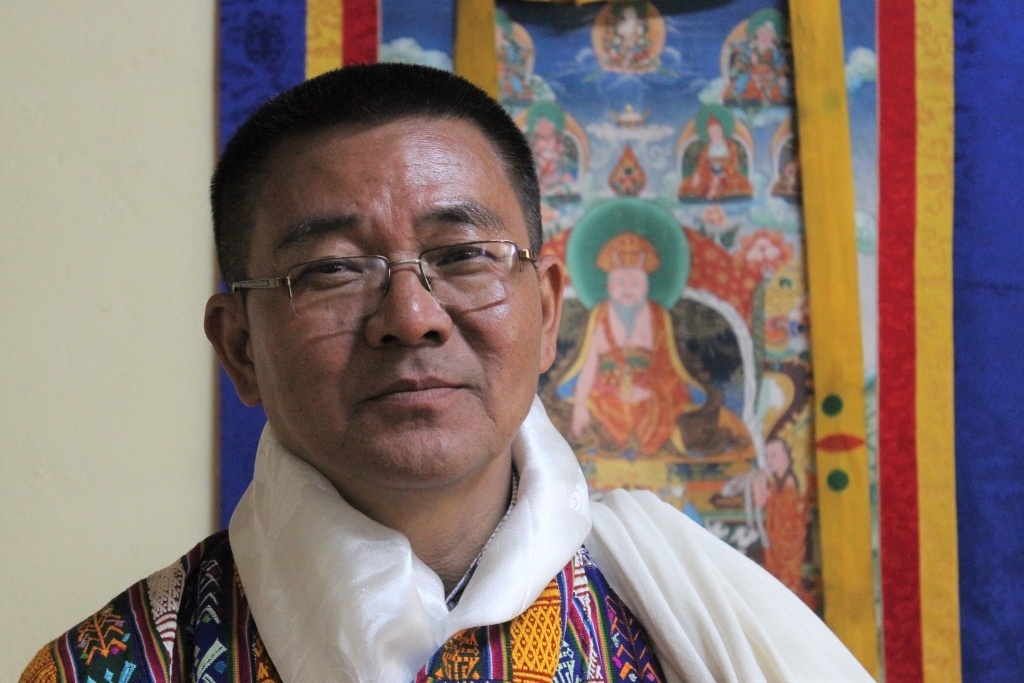
Dorji Dhradhul has been the Director-General of the Tourism Council of Bhutan (TCB) since January 2019. Mr Dhradhul’s vision is to take Bhutan to “the top of the world in tourism”. He hopes visitors’ experiences of Bhutan will help them “reflect on the importance of living in harmony with nature” and become “champions of sustainable and responsible tourism in all their other journeys in the world”. He is “a lifetime supporter” of Bhutan’s sustainable tourism policy of ‘High Value Low Volume’.
Prior to the leading the TCB, Dorji served as Dzongda (Governor) of Gasa district for almost four years. He also worked in various capacities in the fields of agriculture research, policy, and development, including as the founding Director of Bhutan’s Department of Agriculture Marketing and the founding Registrar of Cooperatives.
Dorji has published a number of articles on subjects of contemporary relevance in Bhutan’s newspapers. And he has written a novel entitled Escapades: Awakenings.


